The hibiscus plant, renowned for its vibrant, showy flowers, is more than just a beautiful addition to gardens. It is a vital player in many ecosystems, offering benefits not only to the environment but also to human health and culture. Scientifically classified under the genus Hibiscus, this group of flowering plants consists of hundreds of species found predominantly in tropical and subtropical climates. While most people associate it with its ornamental use, this plant occupies a complex environmental niche that helps maintain ecological balance.
In this article, we will explore the biological, ecological, and environmental aspects of hibiscus. We will also delve into how human activities impact hibiscus populations and discuss the conservation efforts that aim to protect these species. Additionally, we will examine how hibiscus plants are used in medicine, agriculture, and cultural practices across the globe.
The Biology of Hibiscus
Hibiscus plants are diverse in form and size, ranging from small herbaceous plants to large trees. They are most recognized for their large, colorful flowers, which can be found in shades of red, pink, orange, yellow, and white. Their structure and adaptability allow them to thrive in a variety of environments, making them important contributors to the ecosystems they inhabit.
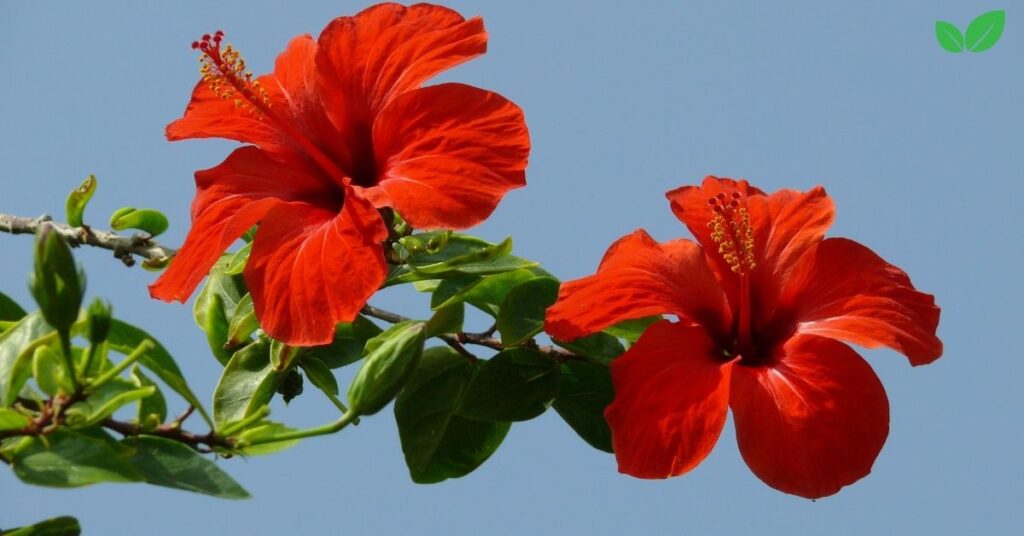
Physical Characteristics
Hibiscus plants typically have trumpet-shaped flowers with five or more petals, depending on the species. The flowers are large and often brightly colored, making them attractive to pollinators such as bees, butterflies, and hummingbirds. These flowers contain both male and female reproductive organs, facilitating pollination.
The leaves of these plants are usually alternate, simple, and ovate with serrated edges. The plant’s fruits are dry capsules that contain seeds, which are dispersed through wind, water, or animals. These species can vary significantly in size, with some species growing only a few feet tall, while others, like the Hibiscus tiliaceus (beach hibiscus), can grow into large trees.
Common Species
- Hibiscus rosa-sinensis: Often referred to as the “Chinese hibiscus,” this species is native to East Asia and is commonly cultivated in tropical and subtropical regions. Its large, vivid flowers are a favorite among gardeners and are often used in landscaping.
- Hibiscus sabdariffa: Known as “Roselle,” this species is grown for its edible calyces, which are used to make teas, jams, and beverages. It is particularly popular in Africa, Asia, and the Caribbean for its medicinal and culinary applications.
- Hibiscus syriacus: Also known as the “Rose of Sharon,” this hardy species is native to East Asia and has been widely naturalized in North America. It is a popular ornamental shrub in temperate regions.
- Hibiscus tiliaceus: This species, known as “Beach Hibiscus,” is commonly found in coastal areas across the tropics and subtropics. It is vital for stabilizing sandy soils and preventing coastal erosion.
Each of these species has adapted to specific environmental conditions and plays a critical role in the ecosystems they inhabit.
Ecological Role of Hibiscus
These plants are key components of the ecosystems in which they grow. They interact with various species, helping to maintain the health and balance of their surroundings. The ecological role of hibiscus extends beyond simple aesthetics; they contribute to nutrient cycling, soil stability, and provide food and habitat for various organisms.
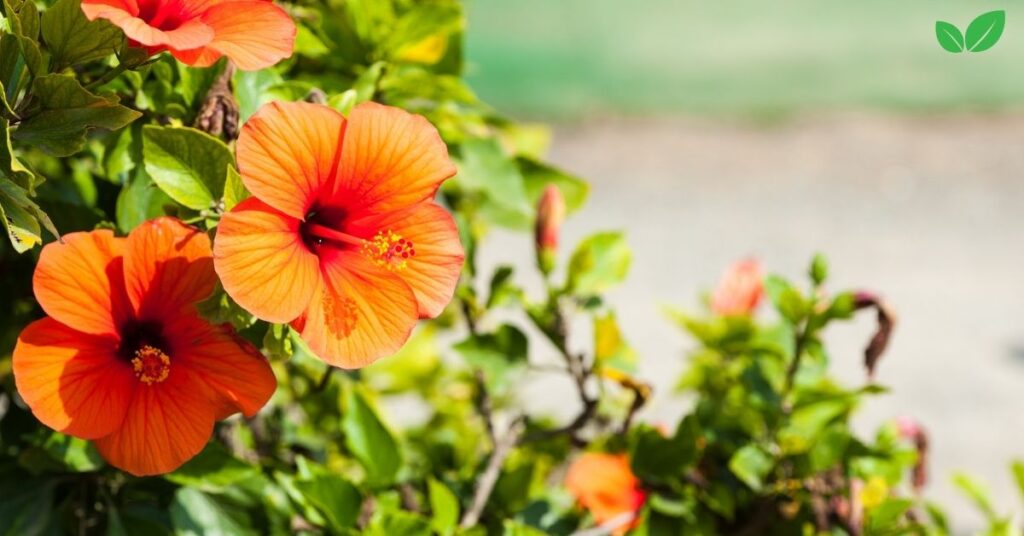
Pollination and Biodiversity
Its flowers are highly attractive to pollinators, thanks to their large size and bright colors. The plant relies on insects, birds, and sometimes mammals for pollination. Bees and butterflies are frequent visitors, feeding on the nectar while inadvertently transferring pollen between flowers. Hummingbirds are also attracted to the vibrant blooms, especially in tropical regions where hibiscus grows in abundance.
Pollinators play a critical role in maintaining biodiversity. By facilitating the reproductive process of hibiscus and other plants, they help ensure the survival of plant species and contribute to the health of ecosystems. In turn, the hibiscus provides nectar and shelter to a variety of pollinators, demonstrating a mutualistic relationship.
Soil Stabilization and Erosion Control
Hibiscus plants, particularly species like Hibiscus tiliaceus, are important for soil stabilization, especially in coastal and riparian zones. The dense root systems of these plants help bind the soil, reducing erosion caused by wind and water. In coastal areas, where soil erosion is a significant threat to ecosystems and human infrastructure, the presence of these can mitigate the impact of storms and rising sea levels.
The ability of these plants to thrive in sandy, nutrient-poor soils makes them ideal candidates for use in coastal restoration projects. Their roots stabilize dunes and shorelines, while their foliage provides shade and shelter for small animals and insects, further supporting biodiversity in these fragile ecosystems.
Nutrient Cycling
Its plants contribute to nutrient cycling by absorbing and storing essential nutrients in their tissues. When leaves, flowers, and other plant matter fall to the ground, they decompose and return nutrients such as nitrogen and phosphorus to the soil. This process supports soil fertility and promotes the growth of other plant species.
In tropical ecosystems, where nutrient cycling occurs rapidly due to warm temperatures and high humidity, its plants help maintain soil quality by preventing nutrient leaching. This is particularly important in areas where soil erosion and deforestation threaten to deplete soil fertility.
Habitat and Shelter
Hibiscus plants provide habitat and shelter for a wide range of organisms. Insects such as ants, spiders, and beetles often make their homes in the crevices of hibiscus bark and leaves. Birds use the plant’s branches for nesting, while small mammals may take refuge under the dense foliage.
In addition to providing physical shelter, hibiscus plants also offer food resources for herbivores. The leaves, flowers, and fruits of hibiscus are consumed by various animals, including deer, rabbits, and birds. This makes it an integral part of the food web in many ecosystems.
Human Uses of Hibiscus
Beyond its environmental importance, it has been used by humans for centuries. It has a variety of applications in medicine, food, and culture, making it one of the most versatile plants in the world. Hibiscus is valued for its nutritional content, medicinal properties, and symbolic significance in different cultures.
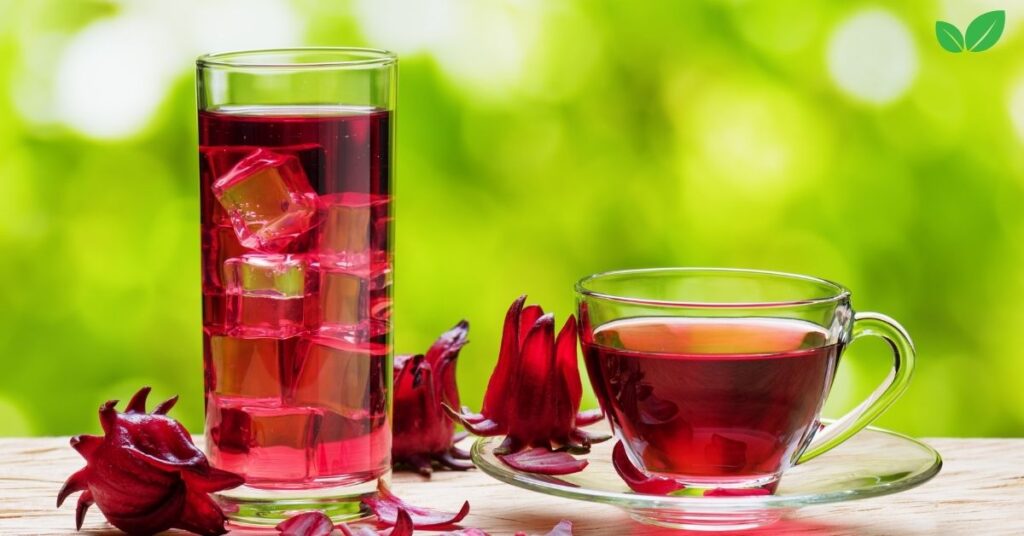
Medicinal Benefits
Hibiscus has long been used in traditional medicine to treat a variety of ailments. The flowers, leaves, and calyces of the plant are rich in antioxidants, vitamins, and minerals, which provide numerous health benefits. Some of the most well-known medicinal uses of it include:
- Lowering Blood Pressure: Studies have shown that hibiscus tea can help reduce high blood pressure in individuals with hypertension. The anthocyanins and polyphenols found in it have vasodilatory effects, which improve blood flow and reduce pressure on the arterial walls.
- Antioxidant Properties: It contains a high level of antioxidants, which help neutralize free radicals in the body. This reduces oxidative stress, which is linked to chronic diseases such as cancer, heart disease, and diabetes.
- Liver Health: Some research suggests that it extracts can promote liver health by improving detoxification and reducing liver damage caused by toxins and alcohol.
- Digestive Aid: It has mild laxative properties and can aid in digestion. It is often used to treat constipation and improve gut health.
Culinary Uses
Hibiscus is used in a variety of culinary traditions around the world. The most common culinary use is in the form of its tea, made from the dried calyces of the Hibiscus sabdariffa species. This tart, ruby-colored beverage is popular in many countries, including Egypt, Mexico, and the Caribbean. In Mexico, it is known as “agua de Jamaica,” and in Africa, it is commonly referred to as “bissap.”
In addition to tea, hibiscus is used to make jams, jellies, and sauces. The calyces are high in pectin, making them ideal for thickening preserves. In some cultures, its flowers are also used in salads and as garnishes for dishes, adding both flavor and visual appeal.
Cultural Significance
Hibiscus holds deep cultural and symbolic meaning in many parts of the world. In Hinduism, the red hibiscus is often associated with the goddess Kali and is used in religious ceremonies. In Hawaii, it is the state flower and is commonly worn as a symbol of hospitality and aloha spirit.
In some African and Caribbean cultures, hibiscus is seen as a symbol of fertility and life. The flowers are often used in wedding ceremonies and other important life events. The vibrant colors and large blooms of the these make it a popular choice for decorations in festivals and celebrations.
Threats to Hibiscus Populations
Despite its resilience, these plants face several threats due to human activities and environmental changes. Habitat destruction, climate change, and the spread of invasive species are all contributing to the decline of certain hibiscus populations, particularly in coastal and tropical regions.
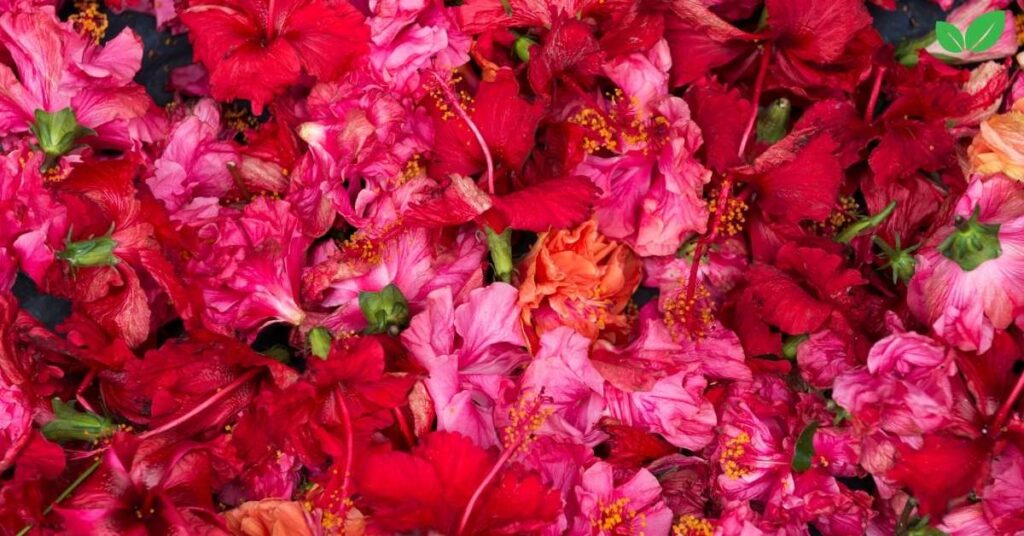
Habitat Loss and Urbanization
The rapid expansion of urban areas and agricultural land has led to the destruction of many natural habitats where these plants grow. Coastal development is a significant threat to species like Hibiscus tiliaceus, which relies on undisturbed shorelines for survival. As more land is cleared for construction and farming, hibiscus populations are displaced, leading to a reduction in biodiversity.
Deforestation in tropical regions is another major concern. Many species of these grow in tropical rainforests, which are being destroyed at alarming rates. This not only threatens these plants but also the countless species that depend on them for food and shelter.
Climate Change
Climate change is having a profound impact on hibiscus populations, particularly in regions where rising temperatures and changing precipitation patterns are altering their natural habitats. Increased temperatures can stress hibiscus plants, making them more susceptible to disease and reducing their reproductive success. Changes in rainfall patterns can also affect the availability of water, which is crucial for the growth and survival of this plant in tropical and subtropical regions.
In coastal areas, rising sea levels and increased storm activity pose additional threats. Species like Hibiscus tiliaceus, which grow near the shore, are vulnerable to saltwater intrusion and erosion caused by stronger storms and higher tides.
Invasive Species
Invasive plant species are another significant threat to its populations. In many regions, non-native plants have been introduced, either intentionally or accidentally, and have outcompeted native species for resources such as sunlight, water, and nutrients. Invasive plants can quickly take over an area, reducing the diversity of native species and disrupting the balance of local ecosystems.
Conservation Efforts for Hibiscus
To protect this and the ecosystems they support, conservation efforts are underway in many parts of the world. These efforts focus on habitat restoration, climate resilience, and public education.
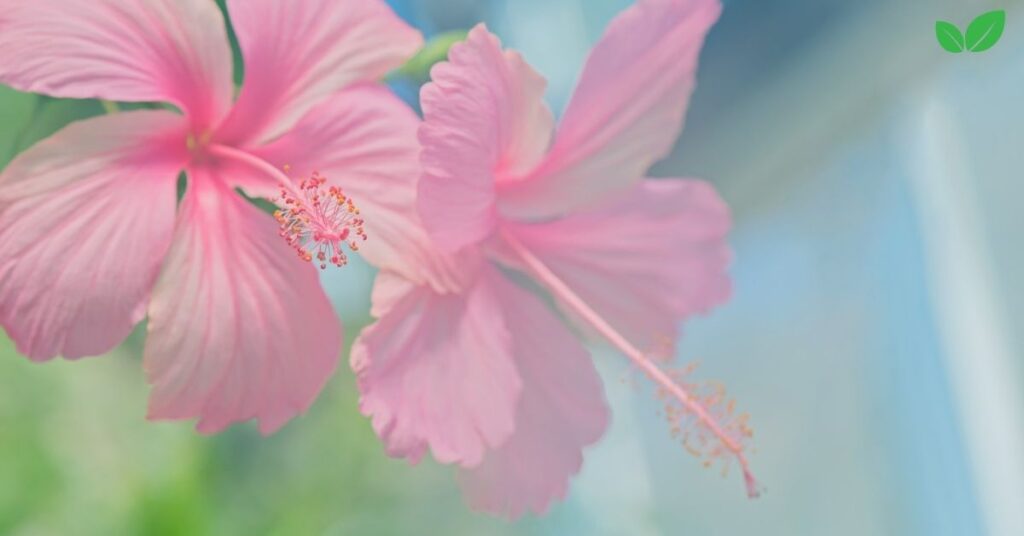
Habitat Restoration
Restoring natural habitats is a critical component of its conservation. In coastal areas, efforts are being made to replant hibiscus and other native species along shorelines to stabilize the soil and prevent erosion. In tropical rainforests, reforestation projects aim to restore the natural balance of ecosystems by reintroducing native plants, including hibiscus.
Climate Resilience Strategies
To mitigate the effects of climate change on its populations, scientists are developing strategies to increase the resilience of these plants. This includes identifying and protecting areas where this is more likely to thrive under changing climate conditions. Additionally, drought-tolerant and salt-resistant varieties of hibiscus are being promoted for use in landscaping and restoration projects.
Public Education and Awareness
Raising awareness about the importance of these plants and their role in ecosystems is another crucial aspect of conservation. Botanical gardens, environmental organizations, and community groups often hold educational programs to teach people about the ecological and cultural significance of hibiscus. These programs encourage sustainable gardening practices, such as planting native species and avoiding the use of invasive plants.
Conclusion
Hibiscus is not only a symbol of beauty but also a vital component of many ecosystems. Its role in pollination, soil stabilization, nutrient cycling, and providing habitat highlights its importance in maintaining ecological balance. Additionally, its medicinal, culinary, and cultural significance has made them a valued plant in human societies for centuries.
However, it faces significant threats from habitat destruction, climate change, and invasive species. Conservation efforts are essential to protect this plant and the ecosystems that depend on it. By promoting habitat restoration, climate resilience, and public education, we can ensure that they continues to thrive in both natural and human environments for generations to come.
In understanding the environmental niche of these, we recognize its far-reaching impact on both nature and humanity. As we continue to address the challenges posed by environmental degradation, the preservation of hibiscus is a small but important step toward safeguarding the health and biodiversity of our planet.
Read More: Buttercup: Exploring the Environmental Niche of a Vibrant Flower

